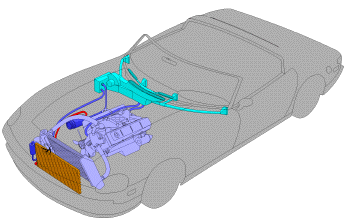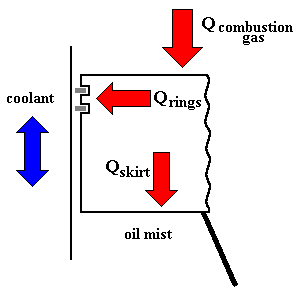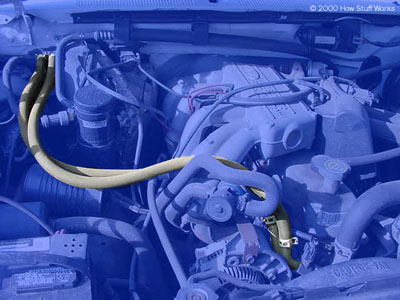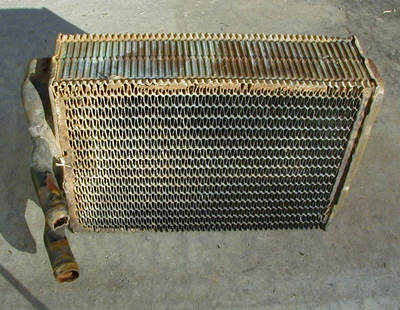
Automobile Cooling Systems

- The cooling system in an automobile is used to remove heat from all the moving parts so that they can still
- function properly without melting, seizing, or overheating. If an engine was ideal, it would release no heat because all of its energy would be converted into the power transferred to the wheels, but no such engine exists in reality. With all the many moving parts that must remain in contact with one another (in order to maintain compression and prevent various other leaks), friction is inevitable and thus, so is heat. Therefore, the cooling system in the car is exceedingly important.
- The way it works is basically a simple matter of heat transfer. Water cooled vehicles use a combination of air
- and liquid cooling mechanisms, routing coolant hoses past the hotter parts of the engine so that heat can transfer from the engine parts into the coolant, which then goes back into the radiator to be cooled off by the incoming air. Air cooled vehicles typically have large fans installed strategically on the engine and heat dissipating fins on the heads.

 Colorado State
Colorado State
- What may come as a surprise to some is that the heater in the cab of your car is actually a part of the car's
- cooling system. Heat that is removed from the engine is simply piped into the cab so that the driver doesn't freeze to death in the middle of winter. The removal of this heat draws colder air into the engine compartment from outside which provides cooling circulation to the automobile's vital moving parts.

howstuffworks.com
Return to Main Page





